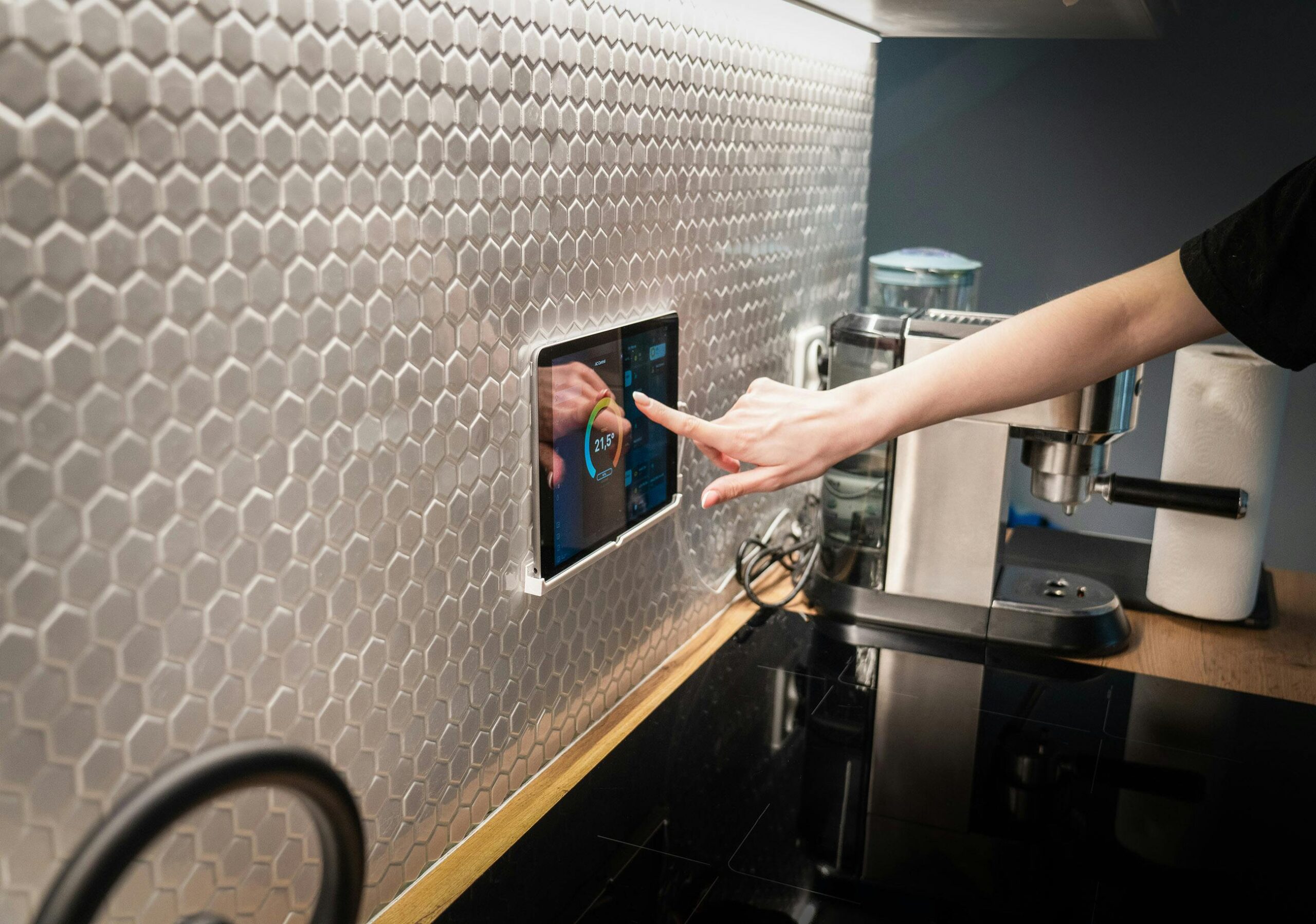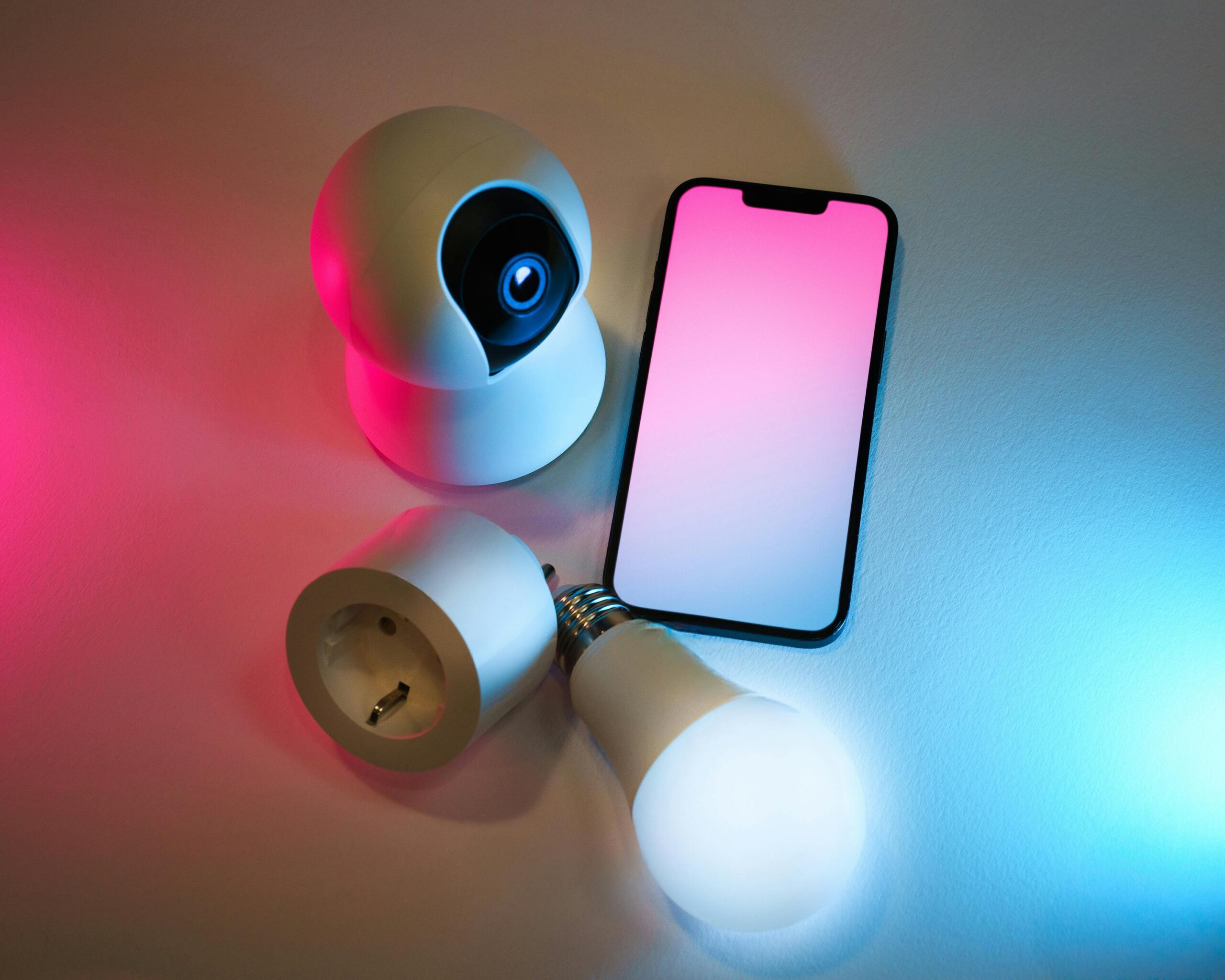
Smart home automation is the use of technology to control your home’s devices remotely or automatically. Think of lights that turn on when you enter a room, thermostats that adjust themselves based on your habits, or security cameras you can watch from your phone.
At its core, it means making your home more intelligent, responsive, and efficient — using devices that talk to each other, and to you.
💡 Common Examples of Smart Home Devices
-
Smart Lights: Control brightness and color from your phone or voice command.
-
Smart Thermostats: Learn your routine and adjust temperature for comfort and energy savings.
-
Smart Security Cameras: Monitor your home in real-time from anywhere.
-
Smart Plugs: Turn appliances on/off from your phone.
-
Smart Speakers (like Alexa/Google Home): Act as central hubs for voice-controlled automation.
✅ Benefits of a Smart Home
-
Convenience: Control your entire home from your phone or voice.
-
Security: Get real-time alerts and monitor your home 24/7.
-
Energy Efficiency: Automate lighting, heating, and cooling to save on bills.
-
Customization: Create routines like “Good Morning” or “Movie Night” at a single command.
-
Remote Access: Whether you’re at work or on vacation, you’re always connected.
🛠️ How It Works
Smart devices connect through:
-
WiFi
-
Bluetooth
-
Zigbee/Z-Wave (for advanced automation)
You control them using:
-
A smartphone app
-
Voice assistant (like Alexa or Google Assistant)
-
Or automation routines (like scheduling lights to turn off at 10 PM)
🤔 Is It Expensive?
Not necessarily. You can start small — maybe just a smart bulb and a plug — and expand over time. A well-planned smart home doesn’t have to break the bank.
📍Final Thoughts
A smart home isn’t just about gadgets — it’s about making life simpler, safer, and more enjoyable. Whether you’re tech-savvy or just getting started, there’s a smart solution that fits your needs and budget.



